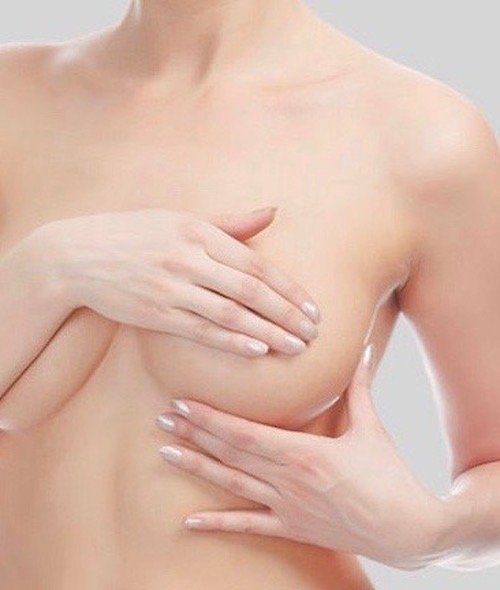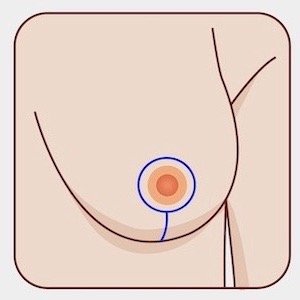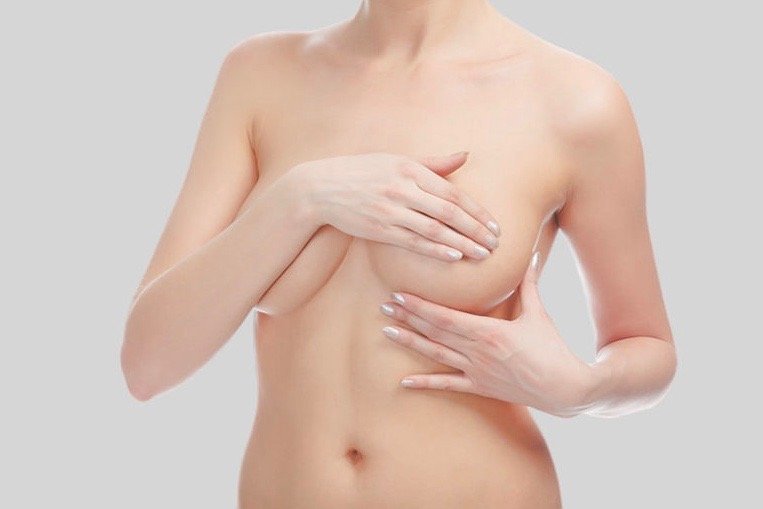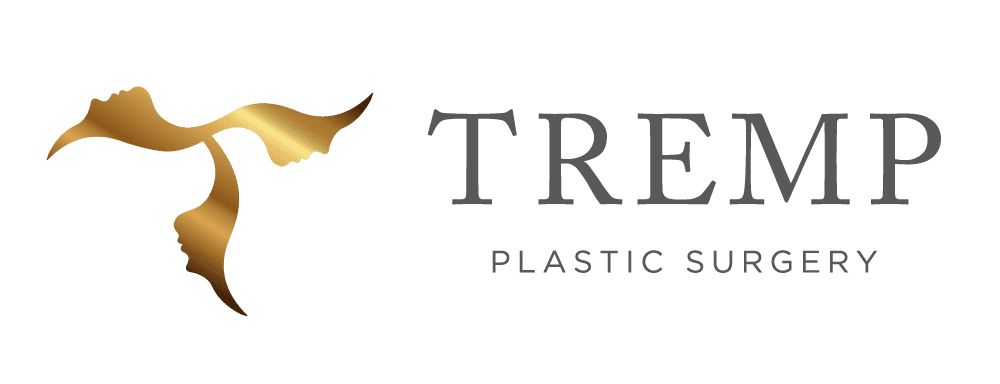Breast reduction involves a reduction of the breast gland tissue and simultaneous skin tightening. Patients often suffer from back and neck pain. This operation is a very rewarding treatment as patients experience significant relief in the shoulder and neck area after the operation. The patients report a significantly improved quality of life after the operation.


Causes of too large breasts
A disproportionately large and heavy bust can have various causes.
Genetic and hormonal factors often play a role. In many affected women, large breasts run in the family. In other cases, hormonal disorders are responsible for the glandular tissue proliferating.
A high body weight can significantly increase the symptoms, but is usually not the actual cause of so-called macromastia.
Weight loss as the first step for macromastia
If macromastia occurs in combination with being overweight, weight loss can be the first step towards a better quality of life. However, if the breast size is genetic or hormonal, only surgical breast reduction can help.
Which patients are suitable for surgical breast reduction?
Breast reduction is suitable for patients of full age who suffer physically or psychologically from their breast size.
In rare cases, breast reduction may also be indicated in adolescents, for example in the case of so-called juvenile macromastia, a pathological breast growth in adolescence. Surgery cannot be performed in the case of certain pre-existing conditions such as heart disease, diabetes or tumour disease.
Are there any scars with breast reduction?
The incision runs around the areola and vertically below it. Usually the areola is also reduced slightly. Often another incision is necessary along the natural breast fold.
The scars usually fade after a few months and rarely lead to excess scarring. Here, cortisone injections or silicone patches can help a little. With a good breast shape, the scar is usually of secondary importance.

I incision for removal of larger excess skin
The vertical lift (Lejour method) allows a relatively large breast lift with little scarring. The method is also suitable for sagging breasts with medium to larger excess skin, resulting in a good projection of the breast.
T and L incision for extensive breast correction
The T and L incision techniques differ only slightly from each other. Both are based on the I-method (according to Lejour), but the vertical incision is continued in the inframammary fold. The two techniques open up all the design possibilities from a tightening to a reduction with medium and large skin excess to the desired nipple shape and position.

Are the nipples transplanted again?
The removal of mammary gland tissue and skin changes the position of the nipples. In the process, the areola is moved upwards to achieve an appealing aesthetic result. Only rarely does it require a free nipple graft.
What are the risks of breast reduction?
Possible risks are secondary bleeding, infections, circulatory disorders or wound healing disorders. A temporary sensitivity disorder is normal and usually normalises after 6 – 12 months.
Can I breastfeed after a breast reduction?
In some cases, breast reduction can result in the loss of the ability to breastfeed. This can usually be avoided with modern incision techniques, but there is always a certain risk.
How long is the incapacity to work?
As a rule, incapacity for work lasts from 7 to 14 days, depending on the occupational activity. In the case of heavy physical activity, the incapacity to work can be up to four weeks.
What do I need to bear in mind after the operation?
We will provide you with a support bra which you should wear for about 4 weeks. Light physical activity such as cycling or walking can usually be resumed after 4 weeks. After 6 weeks, the wounds have usually healed to a large extent, so that you can resume sporting activities. As soon as the wounds have healed, you can go swimming again and we recommend regular scar massage.
When does health insurance pay for a breast reduction?
If the excessively large breast is a health problem, such as back or neck pain, which does not improve despite physiotherapy, the health insurance will pay for the breast reduction. However, this requires a detailed medical assessment.
Mögliche Entscheidungskriterien sind ein BMI < 28kg/m2 oder wenn mindestens 500g Brustdrüsengewebe pro Seite entfernt werden muss.
Do you have any questions about aesthetic breast surgery?
Contact us for a meeting.


